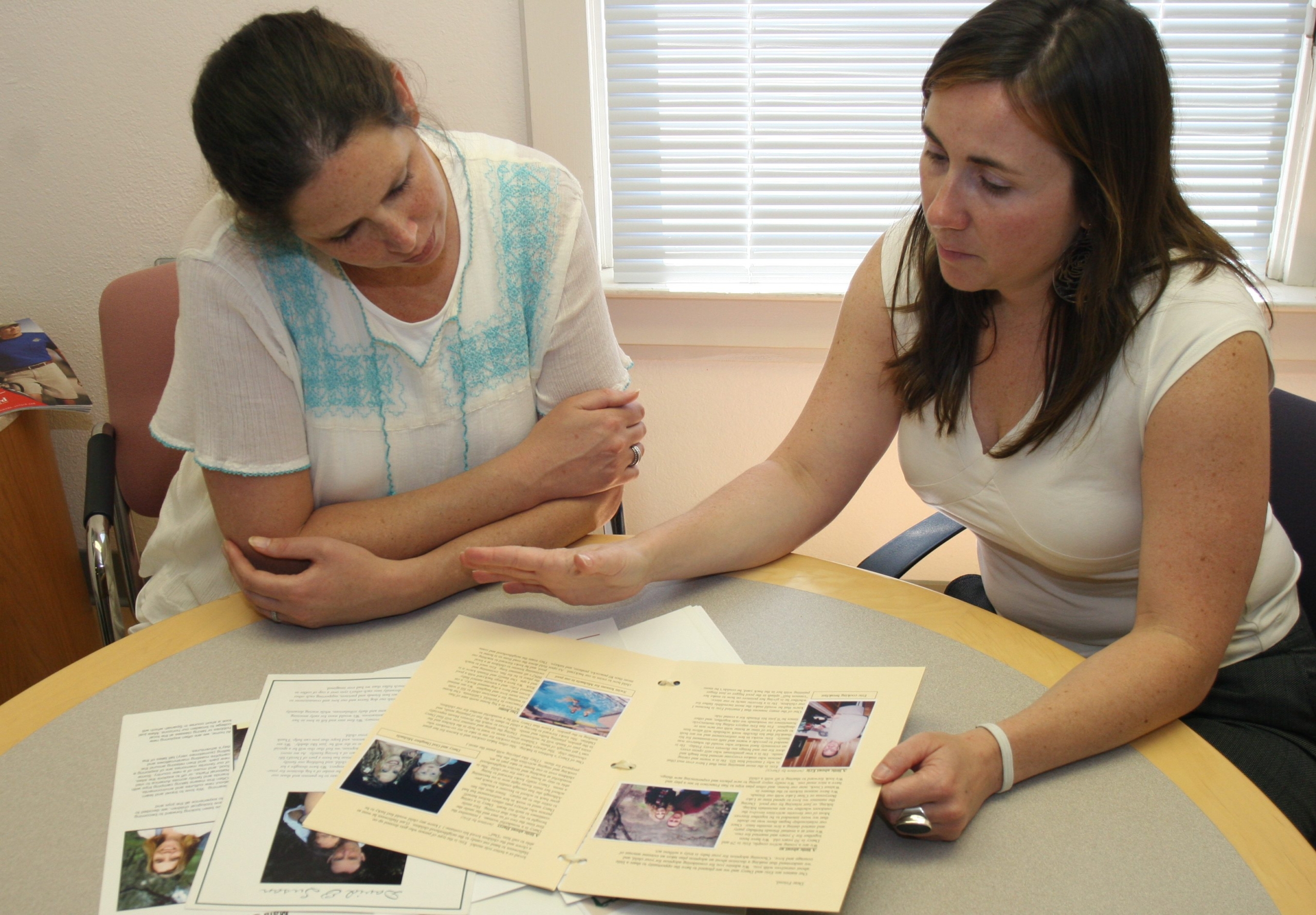Can the adoption be saved?
Even in adoptions where there is significant openness and the best of intentions between birth and adoptive families, misunderstandings and unintentional missteps can derail relationships.
After working with hundreds of birth and adoptive families during what is one of the most important events in their lives, I’ve found that the most emotionally intense times for everyone involved in an infant adoption occurs when the delivery date grows near. This sensitive time continues for the first few months after the baby is born.
Here are a few things I’ve learned in my work assisting and coordinating open adoptions:
Contact Agreements May Change.
It’s OK and Totally Normal. During a birthmother’s pregnancy it is common for an expectant woman to feel and say that she needs very little contact after the birth of her baby, and the adoptive parents may calibrate their expectations according to her wishes.
After delivery, everyone (including the birthmother) might be taken by surprise that the birthmother’s feelings intensify and change, and in fact, she does wish to have more frequent contact with the baby and adoptive family.
Rather than being frightened by this shift and see it as threatening the adoption, I encourage the adoptive family to remain flexible and understand this dynamic is natural and loving. The hormones a woman’s body produces during and after birth causes emotional flooding, which is not necessarily a sign that she wants to change the adoption plan.
It will help the birth and adoptive families to talk about this potential dynamic with their social worker ahead of time and plan for the possibility that they may need to adjust the level of contact based on everyone’s changing needs.
Don’t Miss Opportunities for Shared Connection
The first three months after the baby’s birth and placement with the adoptive parent(s) is often emotionally and physically overwhelming for everyone.
The birthmother (and her family) will be grieving the loss of the baby and she will be recovering from childbirth hormonally and physically. Meanwhile, the adoptive parent(s) will be hit with the reality of parenting a newborn. The excitement of being a parent will not make up for being sleep deprived and a bit overwhelmed.
I deliberately remind everyone before the birth the importance of having compassion and empathy for each other’s very real emotional and physical transitions during those first few months of the baby’s life.
Implement a Contact Plan
I encourage adopting parents to develop systems ahead of time in order to increase their feelings of compassion toward birthparents and avoid scenarios where the absence of contact may be misconstrued as indifference.
For example, many adoptive parents will set regular reminders on their phones to text photos and updates of the baby to the birthmother during those first few weeks.
These touchstones are comforting and provide her with reassurances that the baby is thriving and the adoptive family has not disappeared. This is a tender time for all involved, but adoptive parents can ease the sense of loss for birth parents by being consistent in the contact they have agreed to maintain.
Once the initial shock subsides and the reality of a new day-to-day life for everyone settles in, contact in most open adoptions becomes more regular and less emotionally intense. Ideally, contact becomes a source of joy for everyone as both birth and adoptive families celebrate the growth of the child and their varied but important roles in the child’s life.



